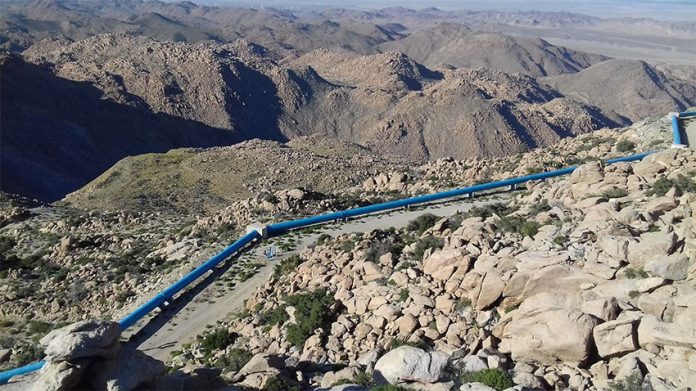Tijuana needs a desalination plant for its long-term survival, said a senior official with the Baja California Public Services Commission (Cespt).
Less than a week after being sworn in by new Governor Jaime Bonilla, Rigoberto Laborín Valdez told a press conference that desalination is the only solution to Tijuana’s water supply problem.
Strategies proposed in the past, such as improvements to the aqueduct from the Colorado River to Tijuana and recycling water, are not viable alternatives, said Tijuana’s new Cespt delegate.
The official said that even if work on the aqueduct boosts water flows from the Colorado River in Mexicali to between 185 and 190 million cubic meters per year, that quantity will only meet demand until 2024.
“What are we going to do [after that]? Does Tijuana come to an end? Do we tell people not to come? We have to seek viable alternatives. We have until 2024; a desalination plant takes three years to build . . .” Laborín said.
Such a plant, proposed previously by former governor Francisco Vega, is an “imminent necessity” and the only “viable alternative so that this city can survive,” he said.
The Cespt chief said the aim would be to build a plant that can provide 6.6 cubic meters of desalinated water per second, which he claimed could meet the needs of five million people, more than double Tijuana’s current population.
“We have to plan 50 years in advance. This vision is to solve a fundamental problem in the long term . . .” Laborín said.
If the project goes ahead, it will be the second desalination plant in the northwest part of Baja California.
Construction of a privately-funded plant began in March 2018 in Playas de Rosarito, 20 kilometers south of Tijuana. The project was expected to be completed by 2021.
Source: Reforma (sp)
